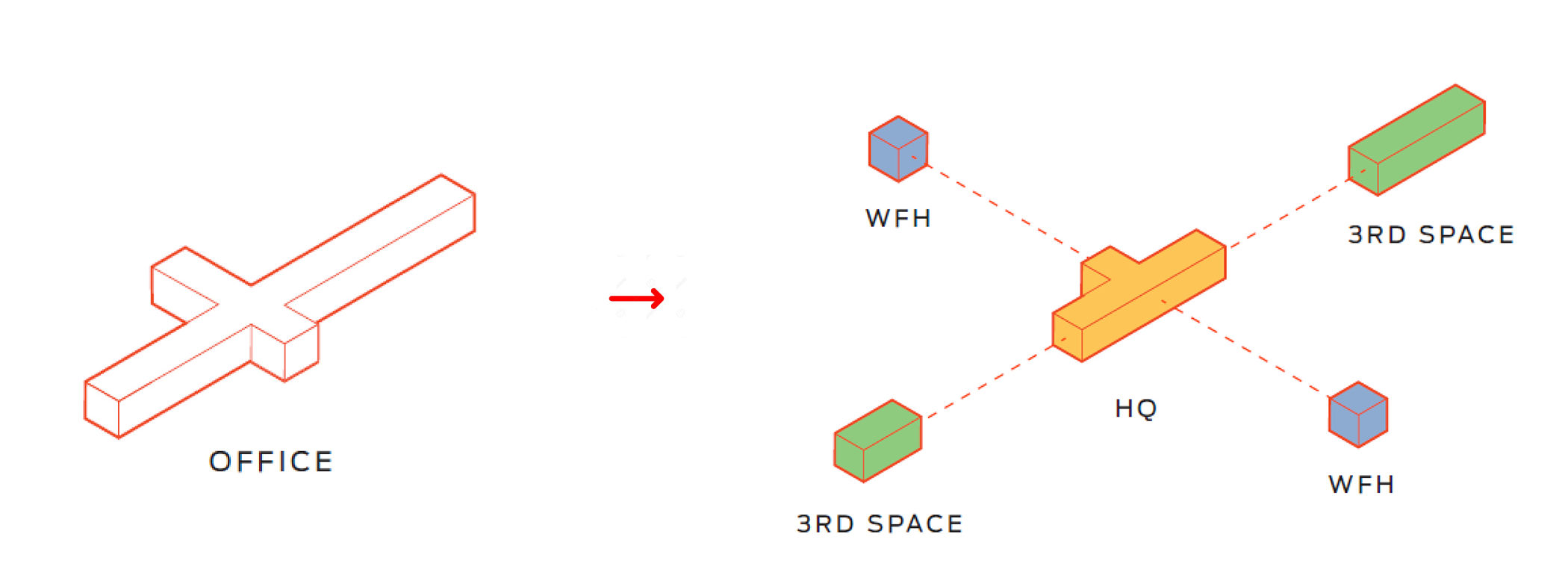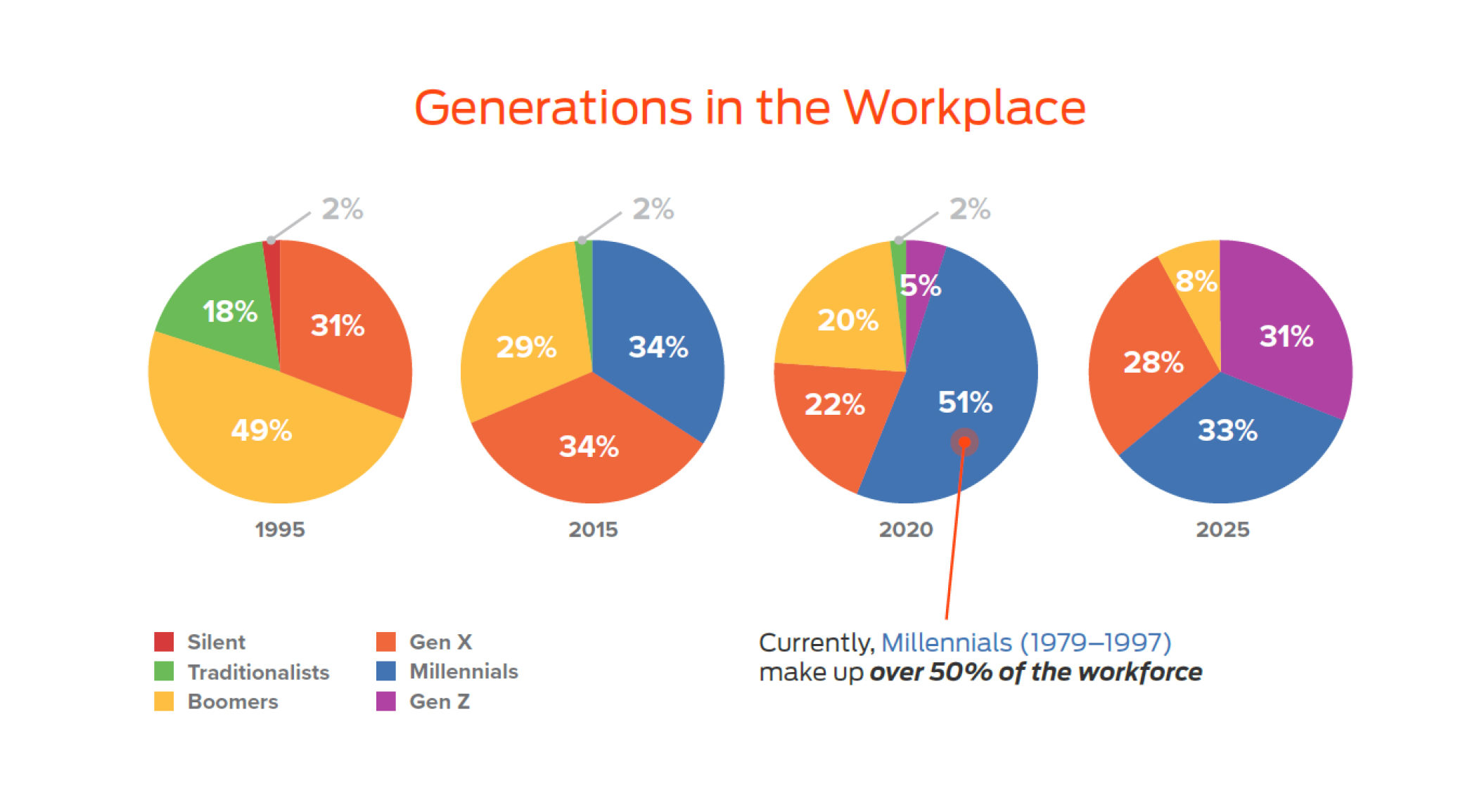What is this thing we call architecture? Historically, architects have focused on the building as an object.
Think the Parthenon. The Pantheon. Chartres Cathedral. Or the Tempietto in Rome.
The truth is that all buildings do and have served a greater purpose than the iconic representation of style. Buildings make our society more humane and shape the human experience. Architects, in turn, shape our society through the creative processes they lead.
Leaders in today’s multi-disciplinary architecture firms focus beyond the formal characteristics of buildings. They design the physical manifestation of organizational strategies and brands. This includes logos, graphics, and the full range of three-dimensional physical reality, including the adaptation of existing buildings, additions, interiors, and sites. The highest concern for these leaders is how they shape the physical world we occupy. Ultimately, the goal is to create positive experiences for occupants which connect them to a richer human experience.
The next architecture is one where boundaries are clear, and occupants recognize they are part of a connected society. Design is the connective tissue between individuals. The architect’s ethical obligation is to look at how they can help people relate to each other and encourage them to explore their relationships.
This topic is one of the biggest conversations that we, as a society, are actively discussing in a variety of facets:
- We are collectively struggling our way out of a global pandemic. It seems like the pandemic has alerted us to be hyper-focused on our relationship to one another. Previously, we didn’t think twice about how we greeted or interfaced. Now, on the heels and in the active midst of a pandemic, there is a lot of focus on how we choose to interact. A broad spectrum of rules and protocols that are being explored and discussed…and debated.
- The tragic deaths of George Floyd and countless other persons of color and the marches to bring awareness have reminded us of the imbalanced systemic structures on which our country was formed. We know that there is a long history of neighborhood exclusion for certain groups. Our planners, zoning regulations, and the covenants that are attached to land planning and developments have carved up our cities to limit, promote, discourage, or encourage accessibility to land use for various demographics or groups including socio-economic classes and ethnic groups.
- Technology and generational preferences for how we harness technology in our daily lives have modified our collective patience. We are much more impatient. People expect to be connected, desire more transparency, and eschew linear processes – wanting everything to happen NOW. Boundaries are becoming blurred. This is forcing us as architects to reconsider how we define building perimeters and envelopes, how transparent, welcoming, and accessible are our buildings, and how do we grow to be more intentional about the cues we offer to those who occupy or wish to occupy our built environment. Because, if the architecture does not support the need for connectivity and accessibility, they will certainly not be successful.
Post-pandemic, we don’t really know how things will evolve.
This is a topic that our firm is exploring. Early in the pandemic, we developed a webinar on what we’ve coined as the FLEX model for workplace design. We see the workplace becoming more and more diverse and reinvented as a corporate headquarters, your home, and many different types of “third spaces”.
We need to create boundaries or frameworks for activity, not barriers. Boundaries help us grow and co-exist with our neighbors while barriers create isolation and prevent mutual growth. When paired with edges and thresholds, boundaries support and celebrate a culture of difference and diversity that will provide us with reasons to want to connect with one other.
Our issues with boundaries are the fundamental problems of society. If we keep this conversation in the realm of the physical, it has to do with boundaries, demarcation, precincts, and areas. But, if we extend this conversation to the realm of the metaphysical, it has to do with the connective tissue that nourishes society.
And we all play a role in bringing nutrients to our neighbors.














